Powerful earthquake shakes New Zealand, two killed
 |
| Debris from buildings are seen on a sidewalk past a cordon line in Wellington. (Photo: AFP/Marty Melville) |
Emergency response teams were flying by helicopter to the region at the epicentre of the 7.8 magnitude quake, some 91 km (57 miles) northeast of Christchurch in the South Island, amid reports of injuries and collapsed buildings.
Hundreds of aftershocks, the strongest measuring 6.1 magnitude, continued to shake the country well into mid-morning, after the initial quake struck minutes after midnight.
Powerlines and telecommunications were down, and daylight revealed sizeable cracks in roads and damage to infrastructure.
"It was the most significant shock I can remember in Wellington," Prime Minister John Key told reporters at a dawn news conference from the parliament's underground bunker in the capital city. "There will be quite major costs around roads and infrastructure."
Australian Prime Minister Malcolm Turnbull pledged assistance.
The first tremor struck just 23km (14 miles) deep, jolting many from their sleep and raising memories of the 6.3 magnitude Christchurch quake in 2011, which killed 185 people. New Zealand's Geonet measured Monday's quake at magnitude 7.5, while the U.S. Geological Survey put it at 7.8.
But a tsunami warning that led to mass evacuations was downgraded after large swells hit Wellington, in the North Island, and Christchurch, the South Island's largest city.
New Zealand lies in the seismically active "Ring of Fire", a 40,000 km arc of volcanoes and oceanic trenches that partly encircles the Pacific Ocean. Around 90 percent of the world's earthquakes occur within this region.
The country’s National Institute of Water and Atmospheric Research warned of heavy wind and rain from Monday afternoon to Tuesday morning, which may hamper recovery operations.
MARKET REACTION
Stock exchange operator NZX Ltd said financial markets would be open as usual, although many offices in the capital were closed. The NZX said its Wellington staff were working remotely.
A flurry of listed property companies, including Investore Property and Argosy Property, issued notices to the NZX saying they were engaging structural engineers to examine buildings for any damage. Initial inspections showed limited impact.
The New Zealand dollar fell as low as US$0.7086 after the quake, from around US$0.7125 before it struck, but recovered to US$0.7110. The 2011 earthquake was not all bad news for the local currency, as it sparked a building boom and resulted in a huge net inflow of insurance payments.
PM POSTPONES TRIP
Key was meeting national emergency officials later on Monday morning and postponed a trip to Argentina, where he had planned to hold a series of trade meetings ahead of the Asia-Pacific Economic Cooperation (APEC) leaders' summit in Peru later in the week.
"The situation is still unfolding and we don't yet know the full extent of the damage," Key said. "I believe it is better that I remain in New Zealand in the coming days to offer my assistance and support."
Key said he hoped to travel to the tourist town of Kaikoura, which appeared to have borne the brunt of the quake, later on Monday.
St. John Ambulance said it was sending helicopters carrying medical and rescue personnel to Kaikoura, where at least one of the casualties was found in a collapsed house. The South Island town, a popular destination for whale watching, was completely cut off and officials said there were reports of a collapsed building.
Kevin Heays, of Environment Canterbury in Kaikoura, told Radio New Zealand there had been a lot of damage to roads.
"There are a lot of poles down," he said. "I'd say we will be without power for a long, long time. I understand that the roads north and south are out so we are pretty well isolated."
Local television reported that water to the town had also been cut off. A Reuters photographer about 60km from the town reported damage to roads, bridges and railway lines.
GRIDLOCK
In Wellington residents caused gridlock on the roads to Mount Victoria, a hill with a lookout over the low-lying coastal city.
Around 100 people, including children sleeping on floors and benches, were camped out in the distinctive parliament "Beehive" building.
"I never thought I would go to a parliament in my pyjamas," said German tourist Agatha Blasinski, 35, who had been sleeping in a Wellington backpackers' hostel when the quake struck.
Residents were advised to stay away from the central business district on Monday and the train network was closed for checks. Wellington International airport was open, however, although some arriving and departing flights were delayed.
In Christchurch, where tsunami sirens continued intermittently, three evacuation centres were accepting residents. Police set up roadblocks to prevent people from returning to lower-lying coastal areas.
Pictures shared on social media showed buckled roads, smashed glass and goods toppled from shelves in shops in Wellington and the upper South Island.
There was initial confusion when emergency services first said there was no tsunami threat.
Christchurch Civil Defence Controller John Mackie said that while the earthquake was centred inland, the fault line extended offshore for a considerable distance. That meant that seismic activity could cause movement out at sea, leading to a tsunami.
Singapore's Ministry of Foreign Affairs said for now, it is not aware of any Singaporeans in need of consular assistance following the earthquake. Those who need help should contact the High Commission in Wellington at +64 4 4700850, or the Ministry of Foreign Affairs in Singapore at +65 6379 8800.
What the stars mean:
★ Poor ★ ★ Promising ★★★ Good ★★★★ Very good ★★★★★ Exceptional
Latest News
More News
- China, Thailand forge alliance for moon exploration (April 15, 2024 | 08:00)
- Two Philippine navy pilots dead after helicopter crash (April 11, 2024 | 16:58)
- Singapore: E-commerce scams double in 2023 (April 11, 2024 | 16:55)
- Malaysia urges Meta, TikTok to curb harmful content (April 10, 2024 | 16:21)
- Renewable energy – leading solution to climate change mitigation in ASEAN (April 09, 2024 | 16:18)
- Philippines warns of scorching heat (April 09, 2024 | 16:13)
- Thailand cracks down on e-cigarettes at schools (April 08, 2024 | 17:10)
- Many Buddha figurines unearthed in Laos’ Xieng Khuang province (April 08, 2024 | 17:07)
- Marina Bay Sands announces expansion (April 08, 2024 | 16:28)
- Laos, Thailand launch cross-border QR payment (April 04, 2024 | 15:38)





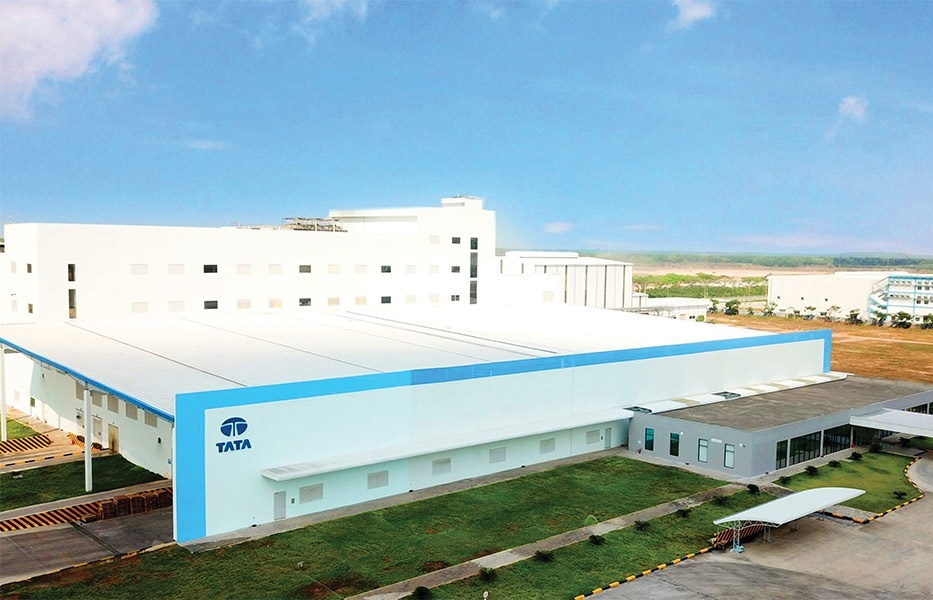
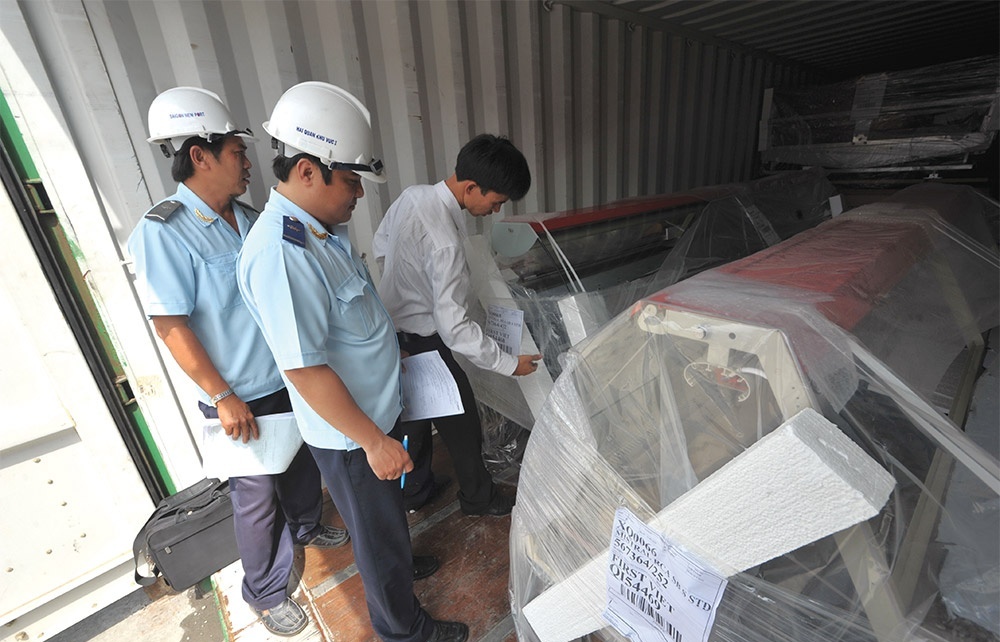
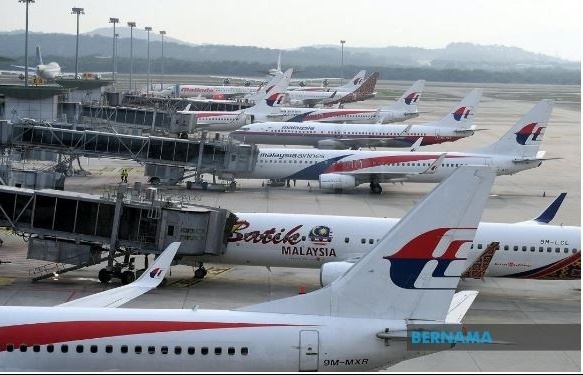
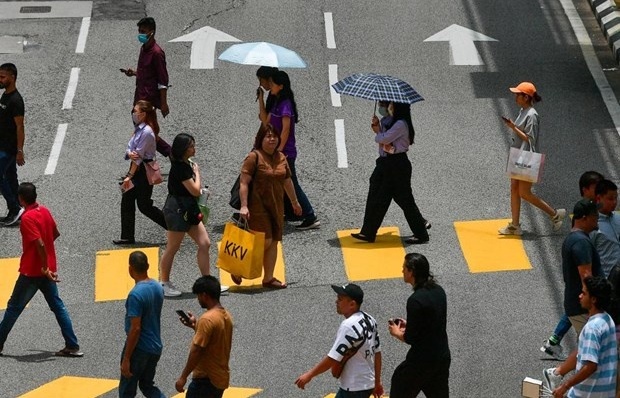





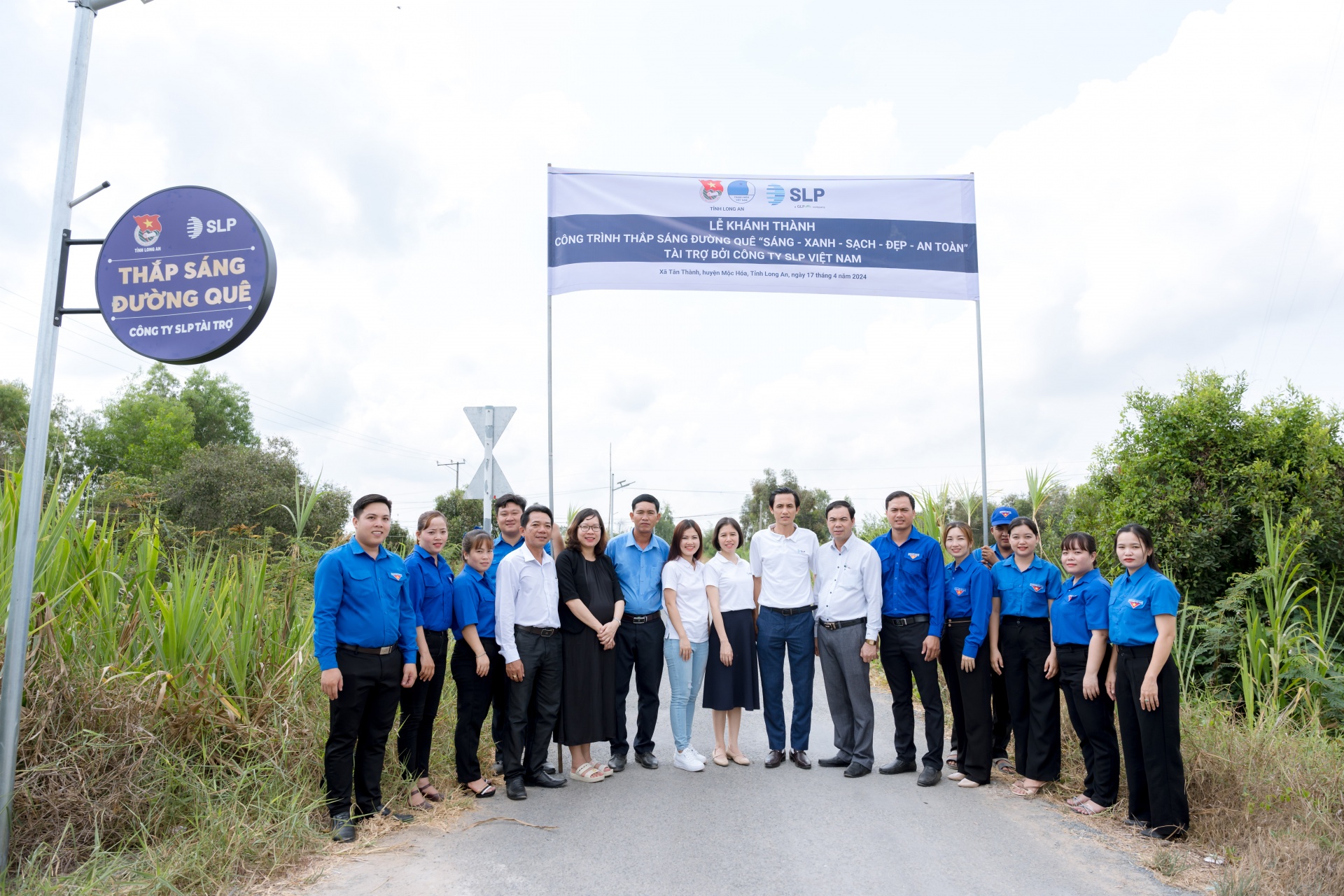



 Mobile Version
Mobile Version